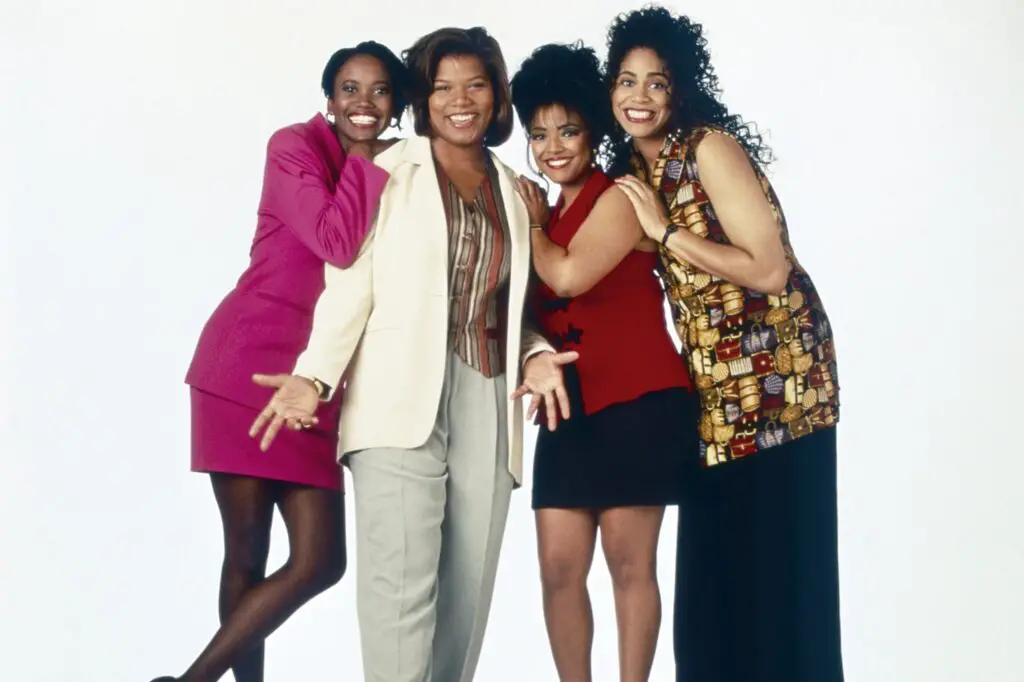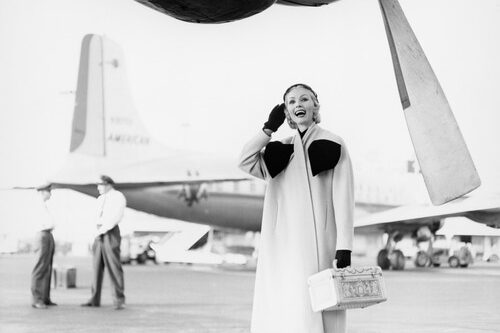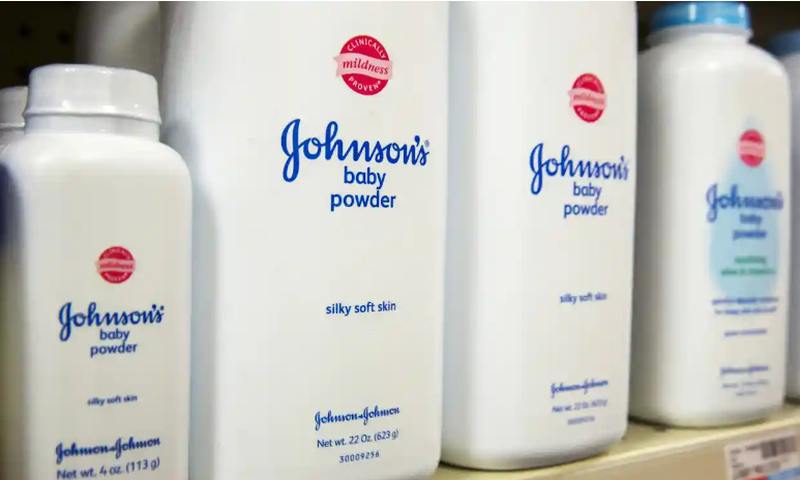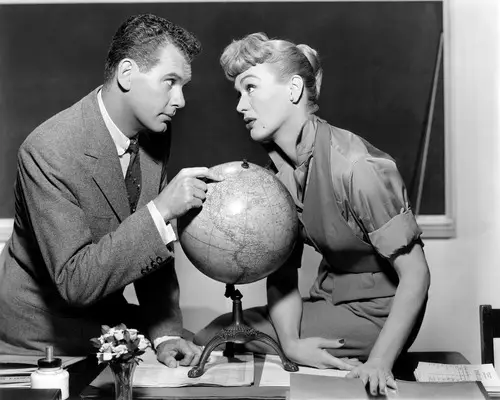13 Friendship Secrets Every 2000s Woman Wishes She Knew
1. Friendship Isn’t Always a Two-Way Street In the early 2000s, many of us thought friendships were defined by mutual support and constant contact. That’s how it worked on TV shows like Friends or The OC, where the group was […]






